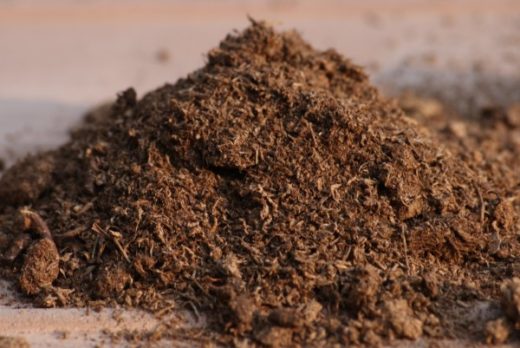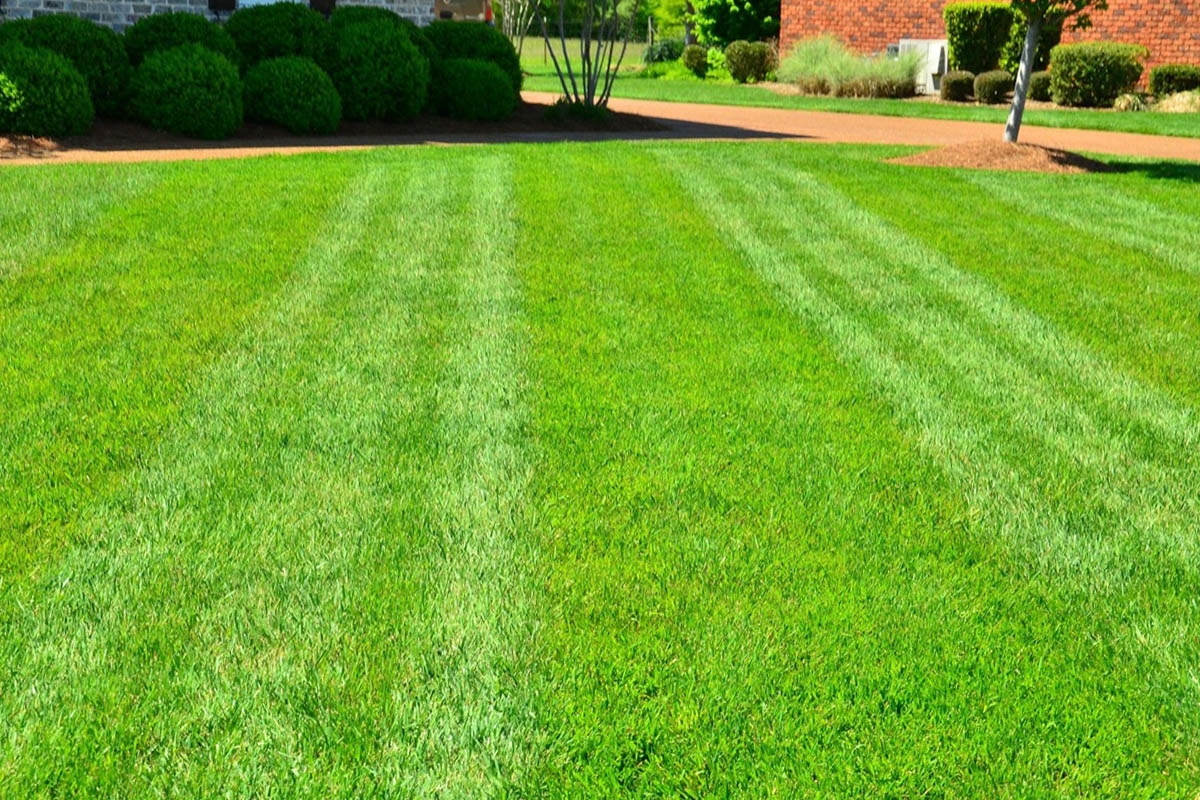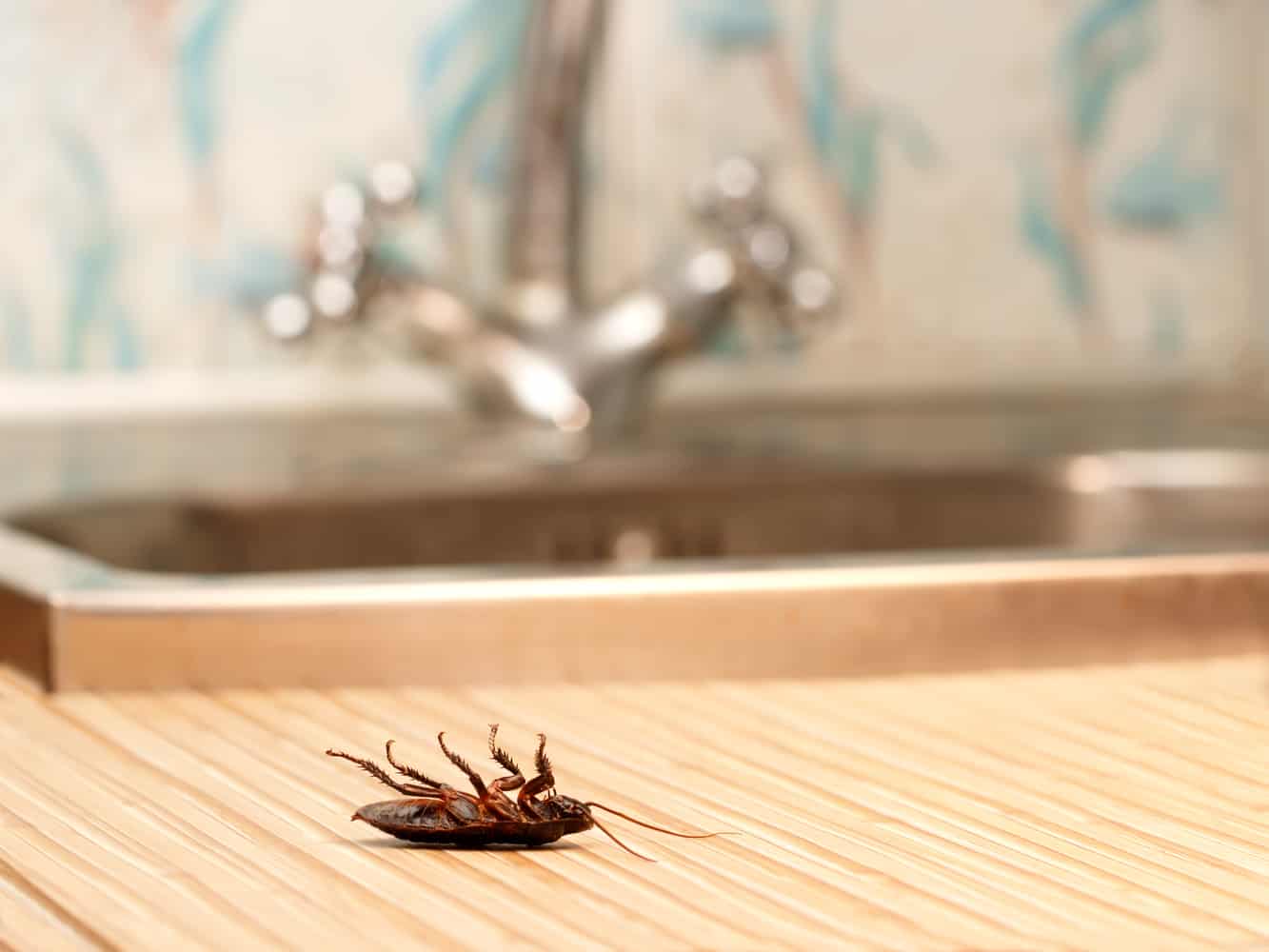When it comes to taking care of your lawn, overseeding should be on your to-do list every year. It helps to improve the density of your grass, make it greener, and prevent weeds from germinating. However, achieving a successful overseed is not as simple as throwing some seeds on the ground and hoping for the best. You need to prepare the soil properly and use the right amount of peat moss to ensure the seeds receive the nutrients they need to germinate and grow.
So, how much peat moss do you need for overseeding? It depends on the size of your lawn and the condition of your soil. Generally, you should aim for a ratio of 1 part peat moss to 3 parts topsoil or compost. This will provide a good balance of organic matter, retain moisture, and help to neutralize soil acidity.
When you’re ready to begin overseeding, start by mowing your lawn a little lower than usual. This will make it easier for the seeds to come into contact with the soil. Next, rake the lawn to remove any debris, such as leaves or sticks, and loosen the soil. If your lawn has a thatch layer, you may need to use a scarifier or verticutter to remove it.
After preparing the soil, spread the peat moss evenly across your lawn. You can use a spreader for larger areas or simply scatter it by hand for smaller areas. Be sure to wear gloves and a mask to protect yourself from any dust or debris.
Once the peat moss is in place, it’s time to spread the seeds. Choose a high-quality seed mix that’s appropriate for the conditions in your area. Follow the instructions on the package for the recommended seeding rate for your lawn size. It’s important not to overseed too much, as this can lead to competition for resources and weaker, sparser seedlings.
After you’ve spread the seeds, gently rake the lawn to work them into the soil. You can also use a roller to press the seeds into the ground. Finally, water your lawn thoroughly to help the seeds germinate. Keep the soil moist but not waterlogged, and avoid mowing until the new grass reaches a height of at least 3 inches.
With the right amount of peat moss and proper preparation, overseeding can be an effective way to improve the health and appearance of your lawn. By giving your grass the nutrients and moisture it needs to thrive, you’ll be rewarded with a lush, green lawn that you can be proud of.
If you are searching about How Much Peat Moss For Overseeding you’ve came to the right web. We have 8 Images about How Much Peat Moss For Overseeding like Using Peat Moss for Overseeding a Lawn [Pros and Cons] | Pepper's Home, Using Peat Moss for Overseeding a Lawn [Pros and Cons] | Pepper's Home and also Peat Moss or Straw for Grass Seed? | Pepper's Home & Garden. Here you go:
How Much Peat Moss For Overseeding

gardenlyhome.com
Using Peat Moss For Overseeding A Lawn [Pros And Cons] | Pepper's Home
![Using Peat Moss for Overseeding a Lawn [Pros and Cons] | Pepper's Home](https://peppershomeandgarden.com/wp-content/uploads/2021/06/overseeding-centipede-with-bermuda-384x384.jpg)
peppershomeandgarden.com
overseeding peat
The Pros And Cons Of Using Peat Moss For Overseeding A Lawn – Arew

arew.org
How Much Peat Moss For Overseeding? (Overseeding In 5 Easy Steps!)

www.growgardener.com
Overseeding Your Lawn: The What, When, And Why – Green Care Turf Management

www.greencareturf.com
overseeding lawn lime
Overseeding Tips From A Pro ! – The SODA Blog
![]()
www.sportsplexoperators.com
overseeding tips pro
Using Peat Moss For Overseeding A Lawn [Pros And Cons] | Pepper's Home
![Using Peat Moss for Overseeding a Lawn [Pros and Cons] | Pepper's Home](https://peppershomeandgarden.com/wp-content/uploads/2021/06/overseeding-zoysia-with-fescue--384x384.jpg)
peppershomeandgarden.com
Peat Moss Or Straw For Grass Seed? | Pepper's Home & Garden

peppershomeandgarden.com
peat moss overseeding using
Peat moss overseeding using. Overseeding your lawn: the what, when, and why. Overseeding lawn lime
 markanthonystudios.net Mark Anthony Studios Site
markanthonystudios.net Mark Anthony Studios Site


